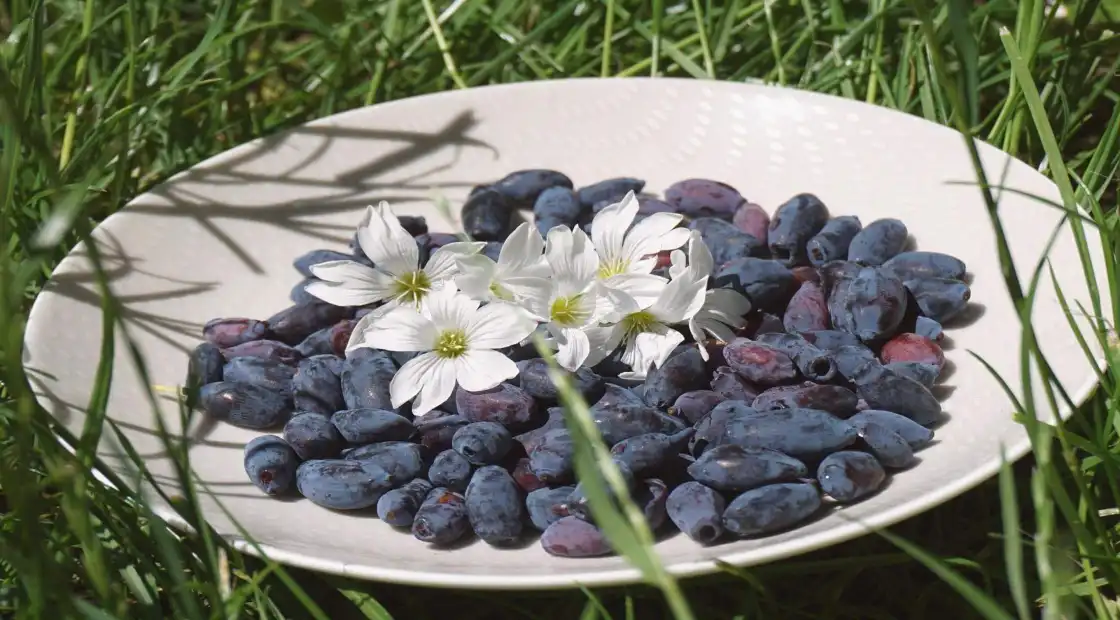New crops: paulownia, tropical plants and camerisia

The advantages of paulownia in wood production
This talk, presented at SIVAL 2025 by VEGEPOLYS VALLEY, highlighted paulownia cultivation as a promising alternative for farmers wishing to diversify their production. The paulownia is a fast-growing tree that absorbs up to ten times more CO2 than other species. It produces a wood that is light, strong and not very absorbent, making it attractive for a wide range of uses, including the manufacture of tiny houses, surfboards and other building applications.
To ensure efficient production, it is essential to choose the right variety for the local climate. Some varieties are better suited to colder areas, while others thrive in dry climates. Successful planting relies on well-drained soil, sunny exposure and rigorous watering during the first year. Regular cutting ensures efficient, long-lasting operation, as each tree can regrow after cutting, offering several harvests from a single plantation.
Revitalizing tropical plant production in France
The production of tropical plants in France is enjoying a revival thanks to initiatives aimed at more responsible cultivation. The aim of this new sector is to offer locally-produced indoor plants, using as few inputs as possible and promoting plant resilience. Unlike the intensive methods used abroad, this production relies on low energy consumption, with reduced heating and rational watering.
Growers committed to this approach implement integrated biological control systems to protect their crops, thus avoiding the use of pesticides. By opting for plants that are better adapted to growing conditions in France, we can offer consumers more resistant, long-lasting plants. The development of this production also aims to raise customer awareness of the importance of choosing plants adapted to local conditions, and to change their perception of houseplants.
The camerise: a fruit with many outlets
Native to Eastern Europe and Canada, the cherry is a fruit with interesting nutritional properties. Its resistance to frost down to -7°C makes it particularly well-suited to cold climates. Rich in antioxidants, vitamins A and B9, as well as copper, it is recognized for its many health benefits. However, its fragility limits its marketability as a fresh fruit, requiring processing to enhance its value.
Producers are developing various by-products to exploit the full potential of the camerise: juices, jams, frozen foods, beers and liqueurs. Its integration into the cosmetics sector also illustrates its strong potential. To structure this sector, it is essential to mechanize harvesting, develop appropriate techniques to protect crops and explore new markets. The aim is to raise the profile of the camerise and make it a major player among superfruits produced in France.
Speakers:
CHARLENE SACRE - Manager / Partner / Spouse - 23 DEGREES
MATTHIEU NESTY - Horticulturists and co-founders - 23 Degré
ULIEN KLOESMEYER - Manager - ArbrePaulownia.fr - SARL Florissant
Lise Mercier - CDM project - VEGEPOLYS VALLEY
LIONEL EHRHART - Producer - MILLEFRUIT